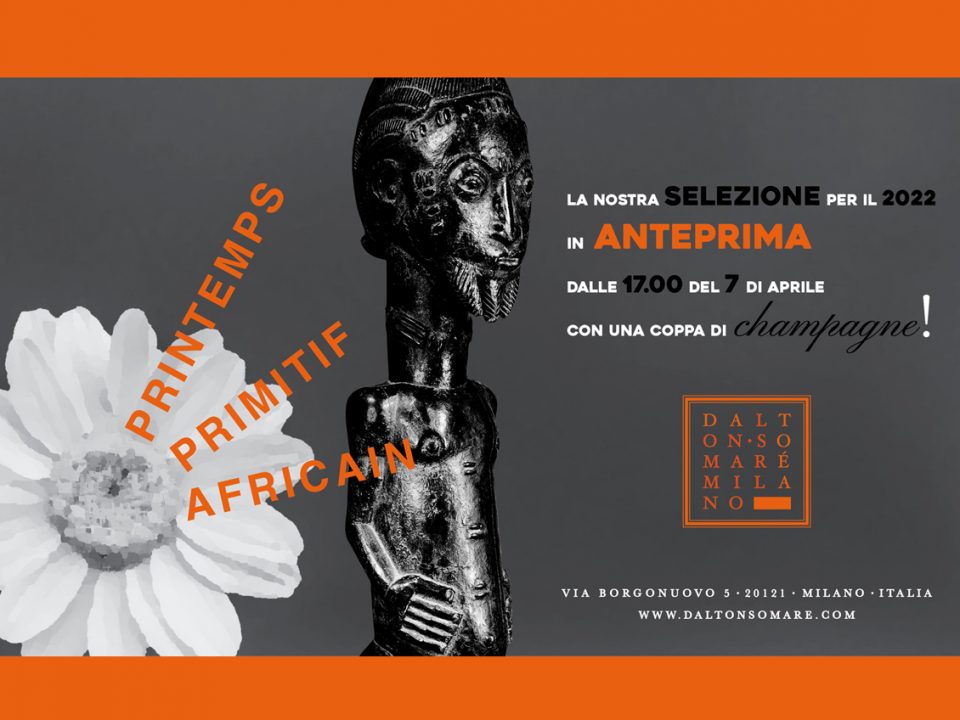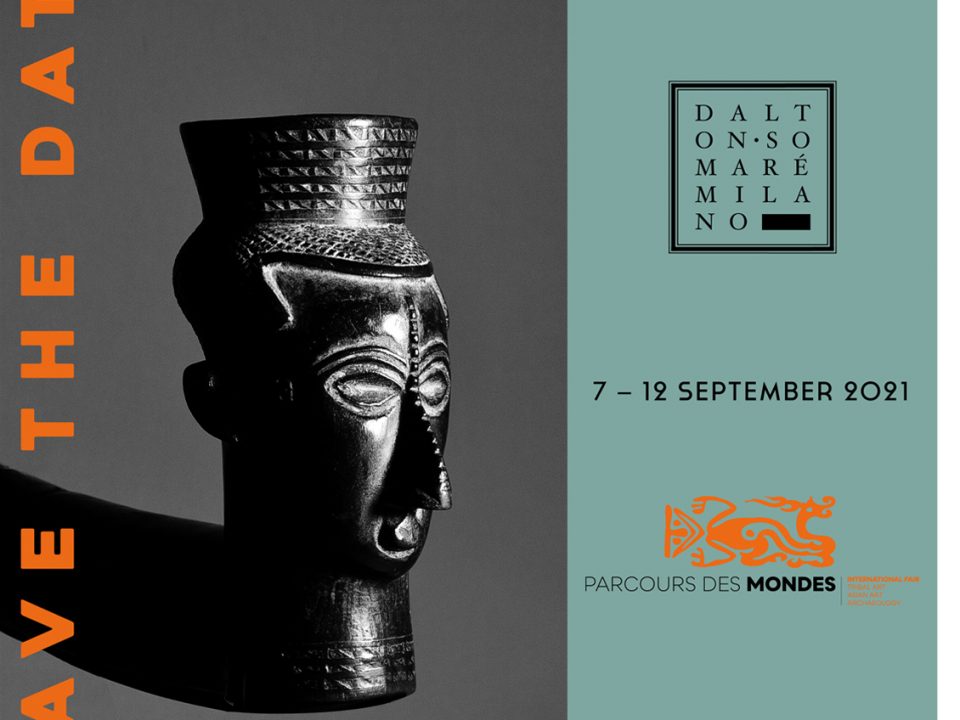Kathmandu Valley, Nepal
Transitional Period-Takuri
11th century
Gilt copper, glass
41 cm
Provenance
Collection Ian Alsop, USA
Collection Mr and Mrs I. Meijer, the Netherlands
Private Collection, Milano
Exhibitions
Parcours des Mondes, Paris, 2024
Publications
J.Van Alphen, Cast for Eternity, Bronze Masterworks from India and the Himalayas in Belgian and Dutch Collections, Ethnographic Museum, Antwerp 2005, pp. 114 – 115, fig.31
Bodiless heads, cast as solid plaques or crafted in repoussé, hold a longstanding tradition in Himalayan and Nepalese art (for example, the plaques depicting Shiva heads from Himachal Pradesh and the famous Bhairava “masks” widely used throughout the Kathmandu Valley). Though sometimes referred to as “masks,” this term is misleading, as these large metal faces were never intended for wear.
Adorned with clothing to suggest a full figure of Shiva, these images are carried in procession during annual religious festivals; for the remainder of the year, they are displayed on temple walls or within the sanctum of pagodas, where they are revered as sacred icons.
The worship of Shiva, the Creator and Destroyer, has deep roots in the Kathmandu Valley. This devotion is embodied by the Pashupati Temple—founded along the Bagmati River during the Licchavi period—and by the daily offerings made by countless devotees at shrines dedicated to Shiva and his son, Ganesh.
In this particular image, attributed to the pre-Malla period based on stylistic characteristics and the absence of tantric elements, Shiva is depicted in his benevolent aspect: a princely, hieratic ascetic who watches over and protects rural communities, whose lives are bound to the cycles of the seasons and harvests.






